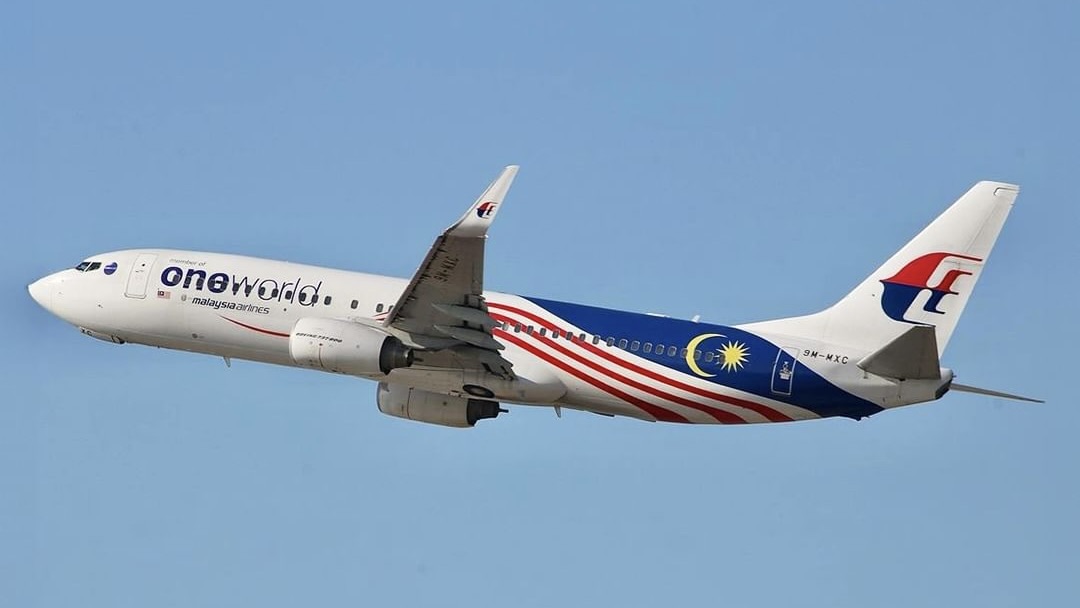In an exciting announcement, Malaysia Airlines unveiled three new routes to the Maldives, Chiang Mai, and Da Nang. The addition of these new routes is a part of Malaysia Airline’s efforts to tap into the leisure markets.
These new routes are an exciting expansion for travellers looking to explore Asia. Since the Pandemic, destinations such as the Maldives, Chiang Mai and Da Nang have become quite popular among luxury as well as budget travellers. With this announcement by Malaysia Airlines, travellers can now have an additional option to access all three beautiful destinations.
The airline has stated that the connectivity will be available from its main hub in Kuala Lumpur, with tickets available from 22nd March 2024. Malaysia Airlines will begin daily flights to the Maldives from August 1, 2024, and daily flights to Da Nang from September 24, 2024. Additionally, travellers can also explore five times weekly flights to Chiang Mai from August 15, 2024.
We fairly believe that we are largely competitive in the market. So, if you go down today and buy these fares in MATTA (fair), I can assure you it will be one of the best deals out there, for a premium carrier, that will give you all those affordable experiences that you get as well. Our strategy is to circumnavigate around number one, overcapacity, and to circumnavigate around markets which are heavily driven by leisure markets-leisure markets are actually budget. So, how do we do that? So, it is very key that we drive international flow, says Datuk Izham Ismail – Group Managing Director of MAG.
With this new announcement, Malaysian Airlines is marking its 13th destination in South Asia. Additionally, this also marks its 16th in ASEAN, setting high hopes for the airline to boost its presence within the key markets.








